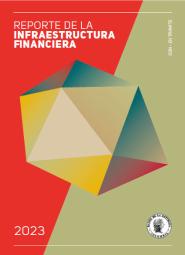The Labor Market of Immigrants and Non-Immigrants Evidence from the Venezuelan Refugee Crisis
La serie Borradores de Economía es una publicación de la Subgerencia de Estudios Económicos del Banco de la República. Los trabajos son de carácter provisional, las opiniones y posibles errores son responsabilidad exclusiva del autor y sus contenidos no comprometen al Banco de la República ni a su Junta Directiva.
The series Borradores de Economía (Working Papers on Economics) contributes to the dissemination and promotion of the work by researchers from the institution. On multiple occasions, these works have been the result of collaborative work with individuals from other national or international institutions. This series is indexed at Research Papers in Economics (RePEc)
The opinions contained in this document are the sole responsibility of the author and do not commit Banco de la República or its Board of Directors.
Abstract
Following Venezuela’s economic collapse, millions have fled the country. This paper assesses the impact of this phenomenon on the labor market outcomes of immigrants and non-immigrants in Colombia, the major recipient of refugees. We address potential endogeneity problems using an instrumental variable approach that exploits the regional variation of migrant networks and the timing and intensity of the Venezuelan economic crisis. Migration flows increase unemployment among immigrants, but have no significant effect on nonimmigrants, partly because immigration significantly reduces labor participation, offsetting the negative impact on employment. Employment losses among non-immigrants are mostly driven by self-employed workers and are consistently larger for female, young, and low-skill individuals. The effect on immigrants is mostly driven by foreign immigrants, as the impact on returnees is smaller in magnitude and significance. We also find sizeable negative effects on internal migrants’ labor outcomes and changes in internal migration flows.


















































